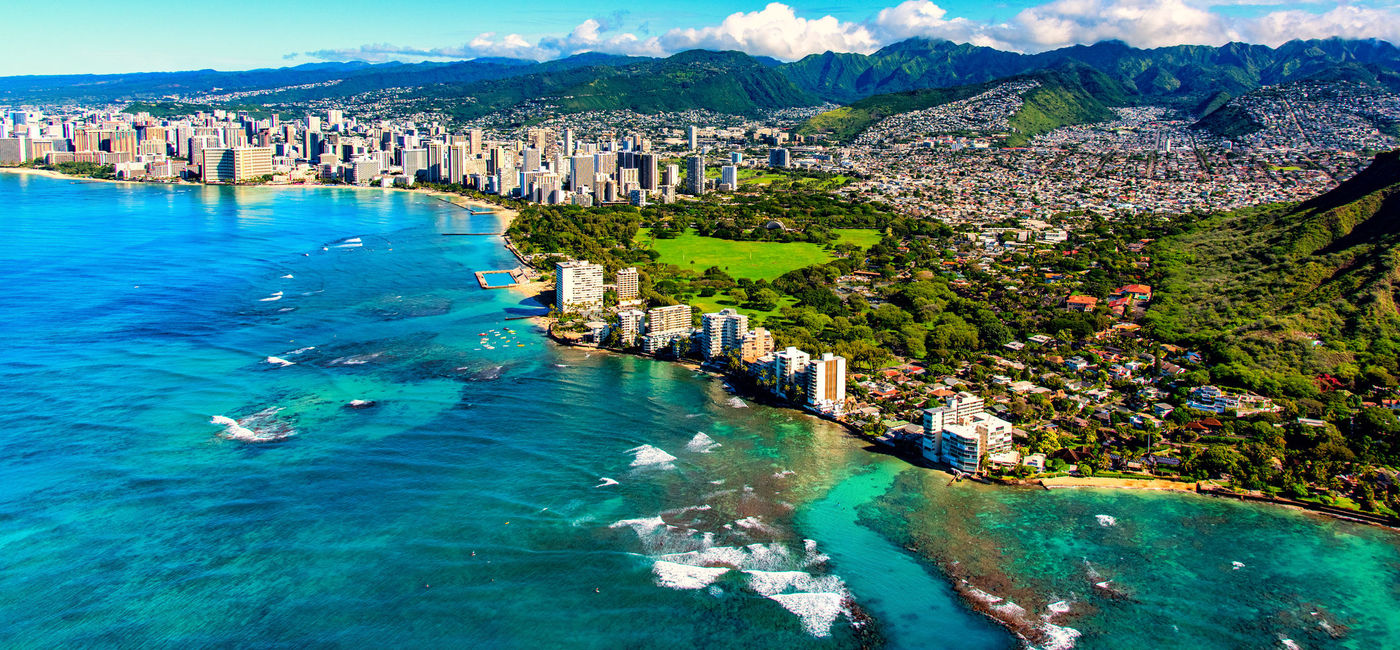Hawaii’s Largest Airport Shuts Down Gates Due To Bed Bug Infestation

Hawaii’s largest airport, Daniel K. Inouye International in Honolulu, saw multiple gates closed down for decontamination after some nasty little pests were discovered in Terminal 2 earlier this week.
Hawaii Department of Transportation (HDOT) Director Ed Sniffen told HawaiiNewsNow that his agency was first alerted to the presence of the insidious insects in one of the E Gates on Monday, but the reports were unconfirmed at that point. Nevertheless, HDOT went in to clean the area and remove items they considered may have attracted the micro-vermin.
But, the very next day, a Southwest Airlines manager contacted the agency and was able to supply a specimen, confirming the pests as being bed bugs and indicating that an infestation of the little blood-suckers was affecting the area.
Local outlet KITV4 reported that Gates E5, 6 and 7 were shut down through Wednesday night while staff carried out a deep cleaning, carpet removal and application of non-toxic bug spray, and a pest control company was also called in to perform preventive measures.
Given their small size and tendency to hide in the tiniest of crevices, bed bugs can be difficult to find and identify. As there are no effective chemical means of elimination, they’re also notoriously hard to get rid of.
While HDOT hasn’t indicated where the bed bugs came from, the little critters can conceal themselves for long periods in hard-surface crevices, and with equal alacrity inside softer materials, such as seams of luggage, bedding and clothing items.
According to USA Today, no flights were impacted by the closures and the affected gates reopened on Thursday. State officials have said that additional sanitation measures will continue over the next few weeks to prevent any recurrence, so it’s possible that travelers could encounter intermittent closures.
In a statement, Sniffen said, “Additional deep cleaning will take place per recommendations over the next three weeks to prevent recurrence. Southwest and the Hawaii Occupational Safety and Health Division have been updated on the actions HDOT is taking.”
